Startup Impact-9 ready to test its submersible, flexible floating salmon enclosures
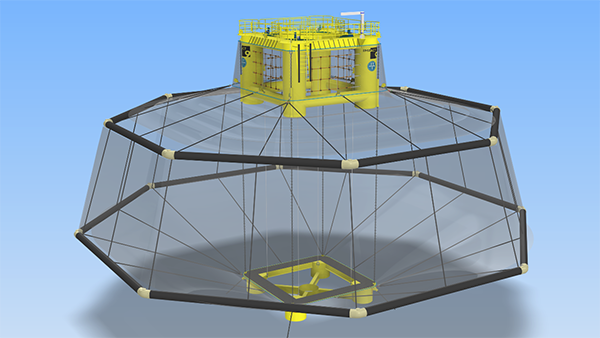
Aquaculture technology startup Impact-9 says its newly designed submersible, floating structures, which are ready to be tested at scale, could each produce 2,500 tons of salmon annually off the coast of Scotland, significantly boosting production and profit.
The company reported that its Net9 system, which utilizes natural ocean conditions, is a proven concept ready for testing at scale. At full scale, a single Net9 pen could produce up to 2,500 metric tons of salmon each year, the company claims.
This development milestone represents the end of the latest phase of the £200,000 Inflatable Marine Products for Aquaculture Containment Technology project (IMPACT), funded by the UK Seafood Innovation Fund (SIF) and the Sustainable Aquaculture Innovation Centre (SAIC).
“A move further offshore can pave the way for a new sustainable seafood industry of scale, worth billions of pounds in the UK alone. The economic potential is similar to that of offshore wind. However, it will occupy a relatively small amount of ocean real estate and could fit in with existing and planned offshore wind turbine arrays,” said John Fitzgerald, CEO of Impact-9.
Engineers from Tension Technology International (TTI) and blue economy project developer Simply Blue Group were also involved in the development work, looking at regulatory issues and fish health and welfare as well as the cost challenges associated with farming in the open ocean.
The system employs a flexible structure designed to move with the waves, reducing the potential stress on fish. The company has identified an opportunity to use the new technology within existing and planned offshore wind energy zones, where a small portion of these zones – around 12 x 12 km – would be enough to house 280 pens and quadruple Scottish production, citing comparative data from Fish Pool.
Report: With the right technology, ocean renewable energy can power offshore aquaculture
“In the same way that lithium-ion batteries are the key to green transport, we believe that smart flexible structural elements like those used in Net9 will be the enabler of offshore seafood production,” added Fitzgerald. The most exciting part of this phase of work was to see the positive crossover between fish welfare and structural engineering. The potential for stormy weather is of course unavoidable in these environments, but the design of the system allows the net and the fish contained in it to move together with much more flexibility than a rigid structure.”
Next year, the research team plans to begin building a unit suitable for technical demonstration at the European Marine Energy Centre (EMEC) in Orkney, which will also provide interested producers with an opportunity to see a model of the system in operation.
“This is part of a systematic engineering approach to address technical novelty and undergo carefully managed tests to qualify that new features will perform as desired,” Tom Mackay, engineering manager at TTI. “The process is similar to offshore renewable systems development, and we have brought to bear expertise from that sector to help Impact-9 manage the risk of adopting their novel structures in the Net9 application.”
Follow the Advocate on Twitter @GSA_Advocate
Now that you've reached the end of the article ...
… please consider supporting GSA’s mission to advance responsible seafood practices through education, advocacy and third-party assurances. The Advocate aims to document the evolution of responsible seafood practices and share the expansive knowledge of our vast network of contributors.
By becoming a Global Seafood Alliance member, you’re ensuring that all of the pre-competitive work we do through member benefits, resources and events can continue. Individual membership costs just $50 a year.
Not a GSA member? Join us.
Author
Tagged With
Related Posts
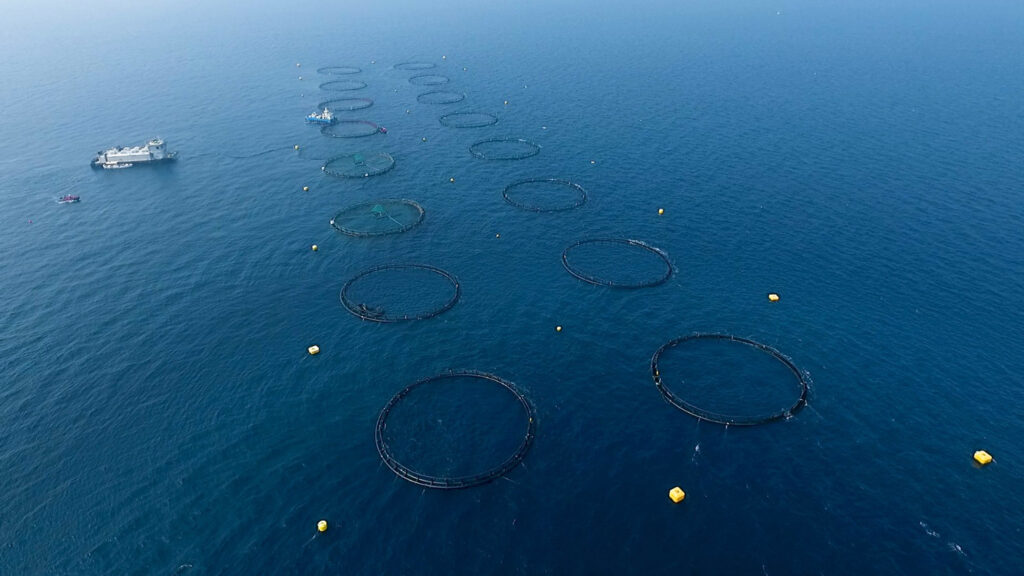
Intelligence
After first harvest, offshore aquaculture venture in Qatar sets fresh ambitions
With a successful sea bass harvest last fall, Qatar’s only offshore aquaculture venture now seeks to double production and diversify into other species.
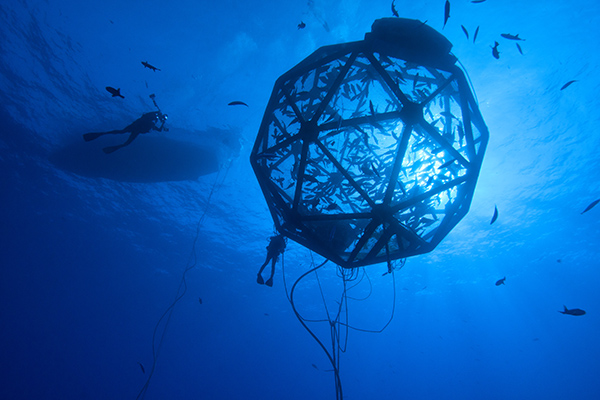
Intelligence
After long delays, U.S. EPA issues offshore aquaculture permit in Gulf of Mexico
As its offshore aquaculture project obtains a key permit for a demonstration-scale farm off the coast of Florida, Ocean Era CEO criticizes permitting process.
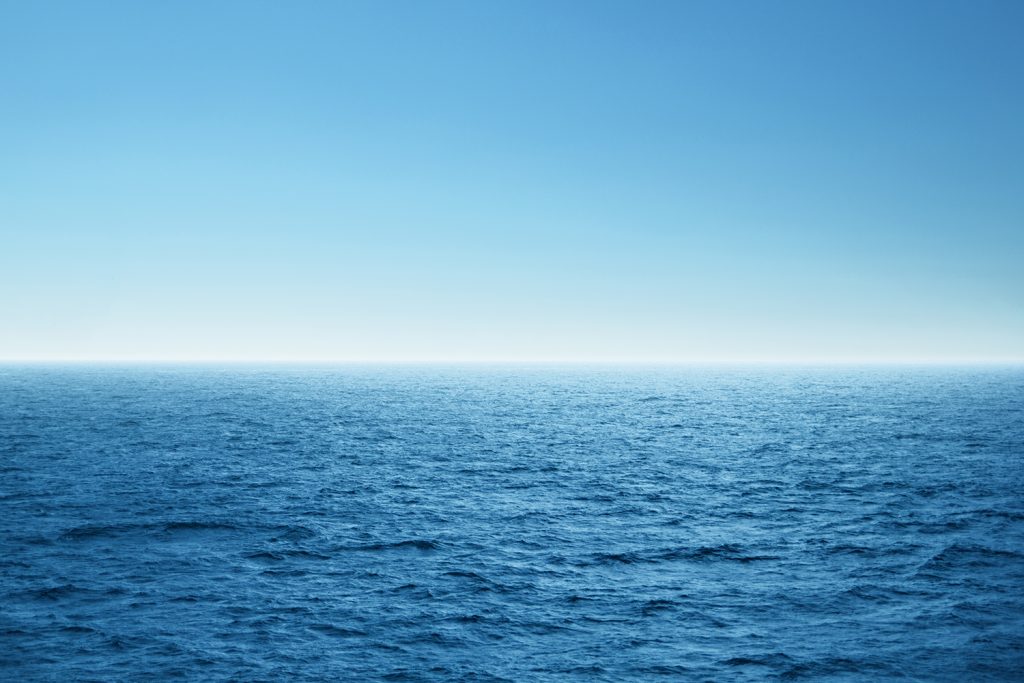
Intelligence
EDF’s Rod Fujita discusses offshore aquaculture opportunities and potential pitfalls
Rod Fujita of Environmental Defense Fund discusses new offshore aquaculture research and what missteps a 'nascent' U.S. industry must avoid.
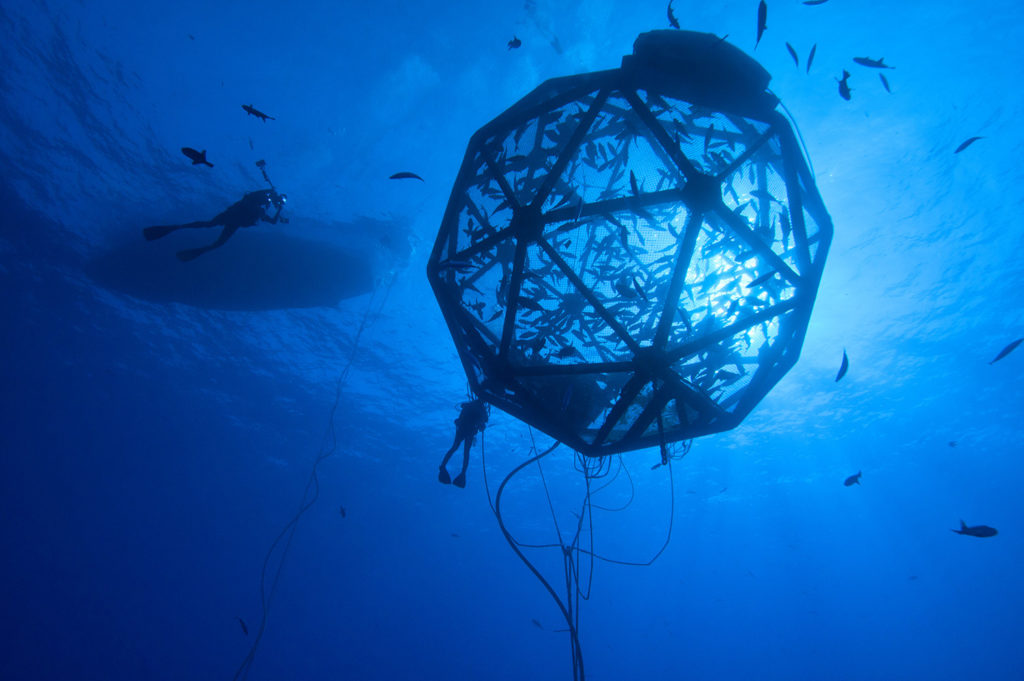
Innovation & Investment
Opinion: Stop offshoring offshore aquaculture
Something must change if the U.S. government hopes to encourage rather than discourage aquaculture, particularly in federal “offshore” waters. Neil Sims says it’s time to stop exporting knowledge, innovation and investment.



